Saving Our Shipwrecks
New technologies are aiding the search for one Civil War submarine, and the conservation of another
/https://tf-cmsv2-smithsonianmag-media.s3.amazonaws.com/filer/ship-hunley_388.jpg)
One was the Civil War's first submarine, the other was the first sub to take down an enemy ship. One sank en route to attack Charleston, South Carolina, the other sank after defending that same Confederate harbor. One rests somewhere along the shifting ocean floor, the other rests in a well-monitored laboratory tank.
One was the USS Alligator, which sank in April of 1863. The other was the H.L. Hunley, which plunged some ten months later. For all their differences, both Civil War submarines have a rapidly improving science of shipwrecks working in their favor. Advances in that field have helped researchers narrow the search for the missing Alligator and preserve the remains of the recently recovered Hunley.
"It's a good time to be a marine archaeologist," says Michael Overfield of the National Oceanic and Atmospheric Administration.
Since 2004, Overfield has been searching for the Alligator near Cape Hatteras, an area off the coast of North Carolina known as the "Graveyard of the Atlantic" for the abundance of ships it has consumed. Records indicate that's where the Alligator ended its promising but abortive existence.
Engineered by a French immigrant, the Alligator featured several innovative mechanisms, including a system for removing carbon dioxide from the vessel's interior and a chamber through which a diver could leave, plant a mine and return. The Union Navy considered the Alligator for several missions—most notably, a plan to destroy an important railroad bridge over the Appomattox River—but withdrew the submarine from each of them.
In late March of 1863, shortly after its capabilities had been demonstrated for President Abraham Lincoln, the Alligator headed toward a Confederate harbor in Charleston, towed by the USS Sumpter. On April 2, the tandem sailed full speed into a furious storm. "The Alligator was steering wildly and threatening to snap," the Sumpter's captain later wrote to the Secretary of the Navy, Gideon Welles. At around 6 p.m., the commanders agreed to cut the line, and the angry waves swept the submarine's signature green hull out of view.
Using letters and other primary sources, Overfield and his colleagues at the National Marine Sanctuary Program refined the search area to some 625 square nautical miles. From there, the crew had several new and improved tools to aid their mission. "It's almost like the computer industry," says Overfield. "Think about where we were ten years ago. Did we think we'd be where we are today?"
One of Overfield's options was a magnetometer, which surveys the floor for any magnetic signal—particularly useful when searching for an iron ship such as the Alligator. He also used side-scan sonar, which throws down an acoustic signal to create a picture of everything beneath the boat.
Though these tools have been around for decades, they are now much easier to control, he says. Others, however, have really emerged within the past five years.
Overfield has used what's known as an ROV—a remotely operated vehicle—to further investigate a large object picked up by a magnetometer. The device scours the ocean floor and videotapes the desired area, sparing the cost and danger of sending out a diver. When he wished to cover several targets of interest at once, Overfield employed an autonomous underwater vehicle. These archaeological stunt doubles can be programmed to search a particular area and are equipped with their own magnetometers and sonar.
Though Overfield's search for the Alligator continues, these tools have enabled him to dismiss certain areas where he once believed the ship to be. "That's not always a bad thing, to say 'she is not there,'" he says. "It increases the likelihood of finding her on the next mission, and that's what keeps me going."
Not far from where Overfield conducts his searchers, marine researchers at the Warren Lasch Conservation Center in Charleston work to preserve the Hunley. In February of 1864, the Hunley became the first submarine to torpedo an enemy—bringing down the USS Housatonic, the largest Union ship among those blockading the Confederate harbor. At that time, such an attack required ramming a torpedo into an opposing ship's hull and backing away to trigger an explosion. The Hunley sank on its return voyage, however, and in the end lost more men (nine) than did the Housatonic (five).
More than a century later, a search team led by novelist Clive Cussler located the lost ship. With that obstacle out of the way, the problem became dislodging the vessel safely from beneath the ocean floor. "When you find something, it doesn't always mean you'll recover it," says Robert Neyland, who is head of underwater archaeology at the Naval Historical Center and directed the Hunley's recovery.
In August of 2000, Neyland and his colleagues successfully removed the submarine with the help of a unique system that cradled the Hunley with hard-setting foam, locking the ship in place. Once the sub broke the surface, saltwater sprinklers showered the vessel to protect it from damage caused by oxygen as it made its way to the conservation facility.
Back at the lab, the ship was transferred to a state-of-the-art tank. Conservationists chilled the 300 tons of water to preserve any organic remains—including those of the crew members—locked inside the sub. Typically, chemicals must also be added to the water to prevent corrosion of the iron hull. However, such chemicals could have damaged the organic materials, so researchers instead used a new method known as "impressed current" to preserve all aspects of the ship.
"To my knowledge, it was the first time that a team of people would use this impressed current in order to avoid using chemicals," says Paul Mardikian, the Hunley's senior conservator. Put simply, the method sprays the ship's material with a stabilizing stream of electrons. "It worked," says Mardikian, "and it saved the sub."
The researchers also used a novel mapping technology to recreate the position of objects inside the submarine when it sank. To record these data points by hand would have taken a full crew 86 years; the new surveying system completed the task in four days.
These techniques made it possible for researchers to excavate the ship's artifacts with minimal damage. Eventually, however, the salts trapped in the ship after a century of submersion must be removed—otherwise, the submarine would crumble into a pile of dust after about six months of exposure to the air. To do that, researchers have decided to soak the Hunley in a high-pH solution.
Over several years—at least until 2010, says Neyland—this process will remove the salts and prepare the sub for public display. Meanwhile, Mardikian is researching a way to speed up the procedure using "subcritical fluids," a high-temperature treatment that diffuses salts more quickly than traditional soaking. If subcritical fluids test well enough, he says, "we may be able to treat two tons of ballast blocks from the submarine in two months instead of two or three years."
Today's marine archaeology is hardly recognizable from the field that, just several decades ago, had no identity at all. "There was no standard in the 1970s for how to conduct an archaeological investigation," says marine historian Tim Runyan of East Carolina University. "You couldn't just take what you do on land and transfer it underwater."
George Bass, the founder of the Institute of Nautical Archaeology who helped shape the field's current reputation as a solid science, describes the early days more crudely: "We made gaskets out of leather shoes."
When Bass began searching for wrecks in the 1960s, he says, a diver could not check how much air was left in his tank, submersible vehicles had six-inch windows and the best way to locate a potential shipwreck was to talk to sponge divers. Now, divers can check air gauges on demand, plastic submersibles are entirely clear and global positioning system technology enables researchers to navigate an ocean floor with ease.
The most impressive technology looming on the horizon is a diving suit being developed by Phil Nuytten that allows excavators to work for hours underwater, says Bass. Right now, divers can only work below the surface for some 20 minutes, perhaps twice a day. "If that happens," he says, "that will revolutionize our field."
But for all the advances in searching for, rescuing and conserving shipwrecks, says Bass, the biggest change is the field's establishment as an academic discipline. "Our students take a year and a half to know 50 times more than I did when I started," he says. "It's a scholarly field now, and that's what's changed more than anything else."
/https://tf-cmsv2-smithsonianmag-media.s3.amazonaws.com/accounts/headshot/eric-jaffe-240.jpg)
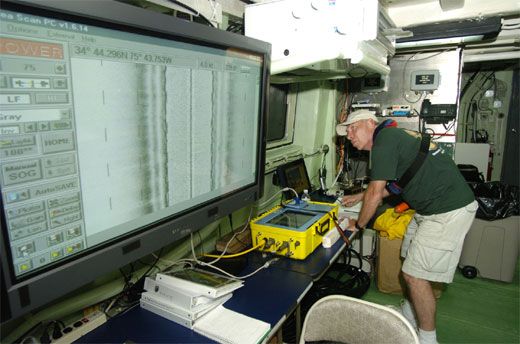
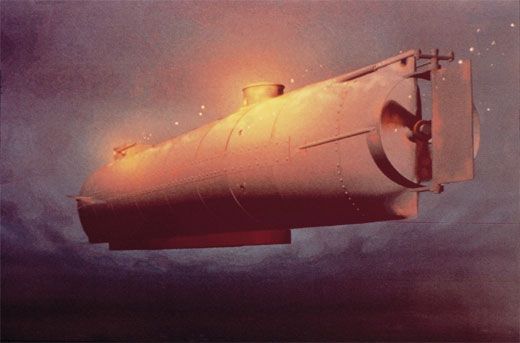

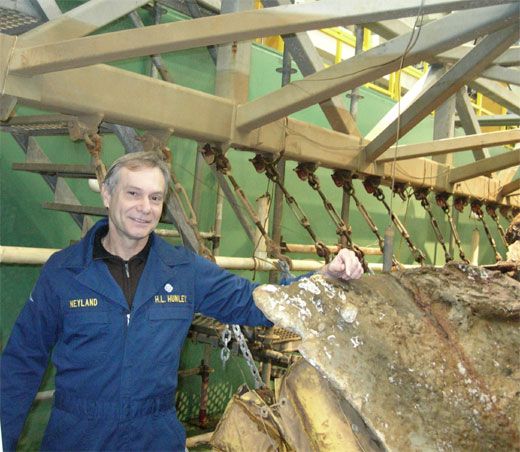
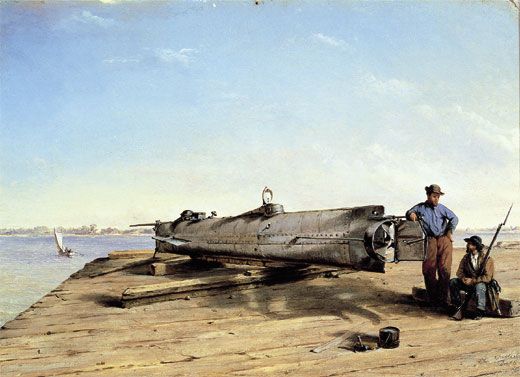
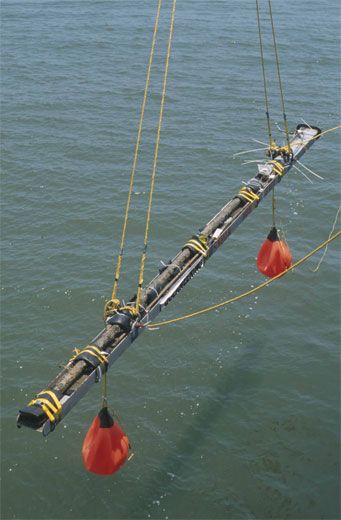
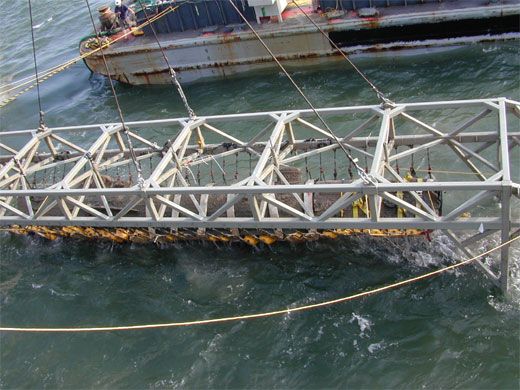
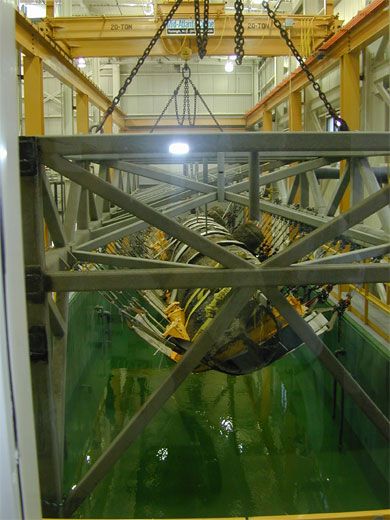

/https://tf-cmsv2-smithsonianmag-media.s3.amazonaws.com/accounts/headshot/eric-jaffe-240.jpg)